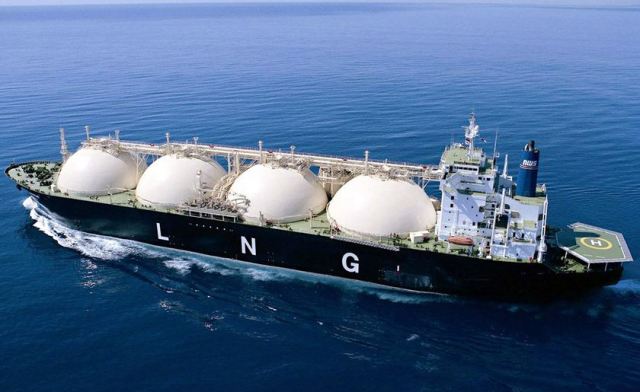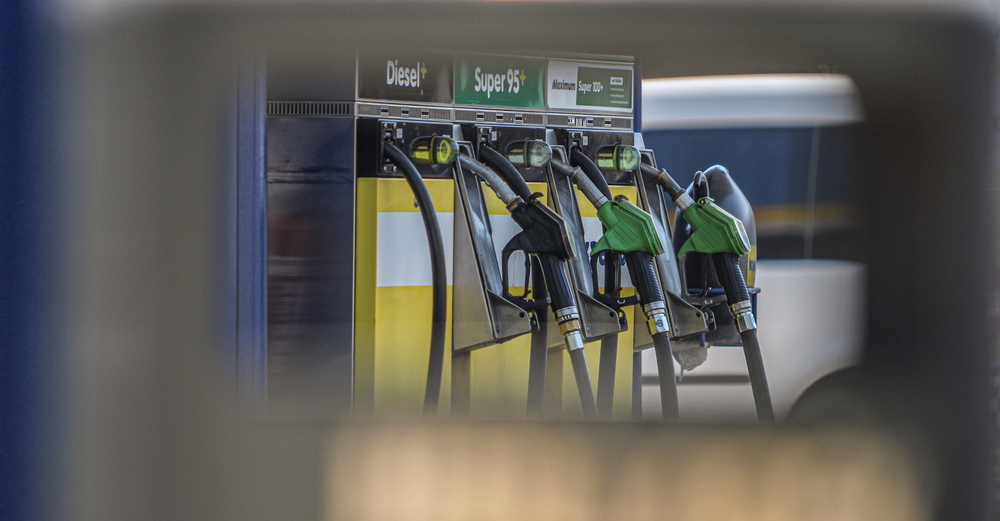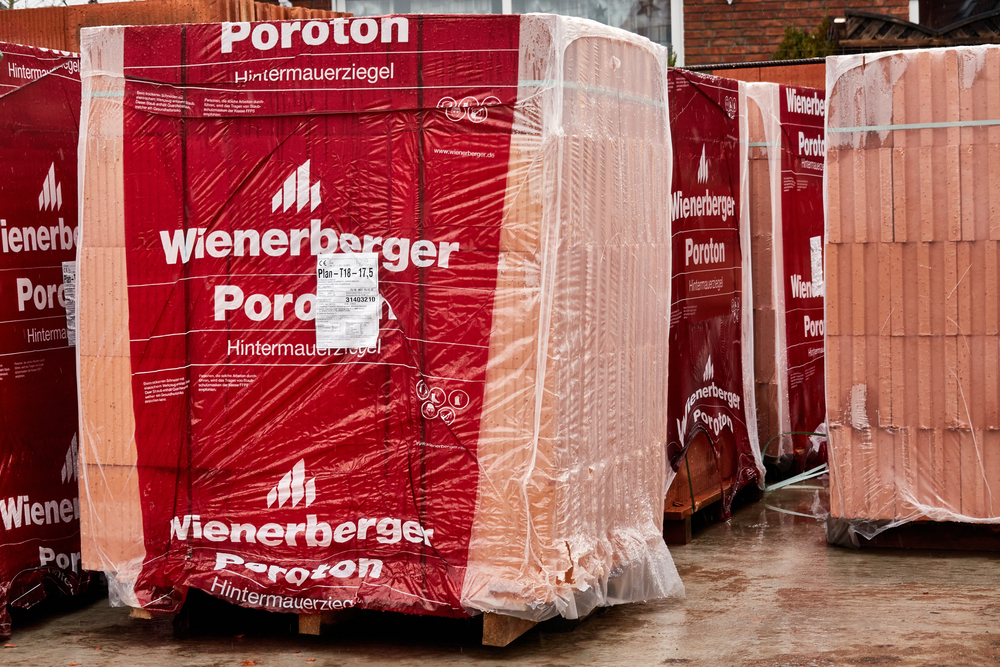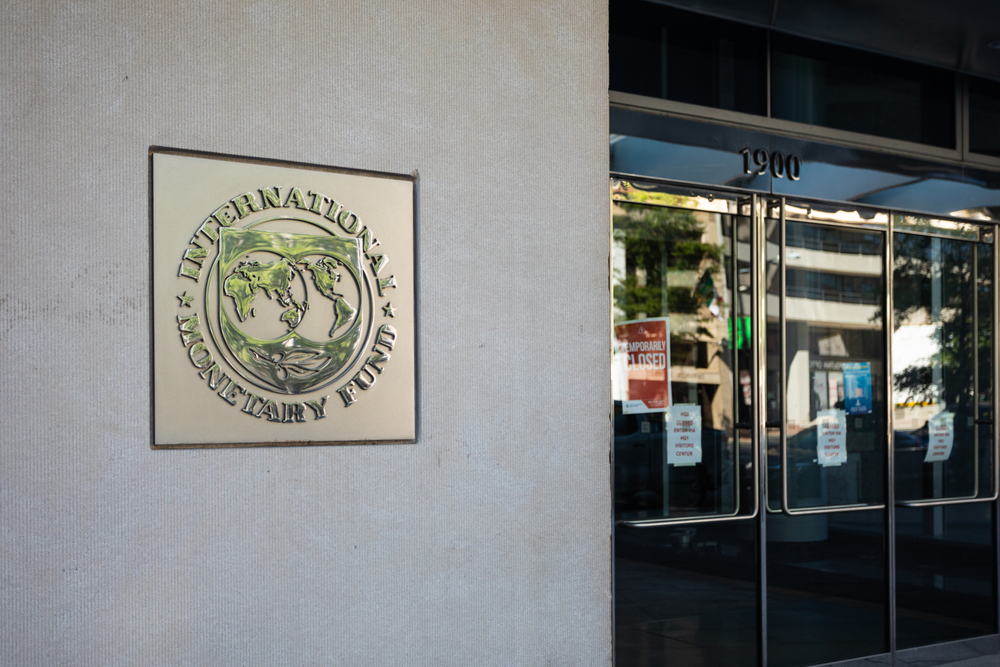COVID Helps Insurance M&A, Hurts Banking Mergers in CEE

Balázs Bíró
Mergers and acquisitions activity and competitiveness in the Central and Eastern European insurance market appears to have remained undimmed in 2020 by the uncertainties around the coronavirus pandemic.
The bank sector M&A market will undoubtedly see a negative impact on its performance, however, once the final figures of 2020 are confirmed, two Deloitte surveys published at the end of 2020 show.
In 2019, the insurance sector’s total premium income in the CEE region continued to grow, while the life insurance business’ years-long downward trend was also reversed.
Fueled by sustained economic growth, the region’s total premium income grew by a further 6.3% in 2019, breaking the record gross premium income of 2018, according to the Deloitte CEE Insurance M&A Study.
The expansion of the non-life business continued to drive growth. Simultaneously, the long-running downward trend in the life insurance business also turned positive, showing a modest 2.1% growth at the regional level in 2019.
Average insurance premium penetration (the ratio of gross world product or GWP to GDP) remained virtually unchanged in all 15 countries in the CEE region in 2019, at around 2.4%, while average annual premium income per capita rose by 6.4% to around EUR 348 in 2019.
The top 10 life insurance groups in the region share 75% of the regional market’s premium income. Typically, such a group has a presence in five or six countries, generating a total premium income of around EUR 929 million. In the non-life business, the top 10 groups account for 69% of the premium income, generating an average total premium income of EUR 1.809 billion.
As several international insurance groups started reviewing their regional presence and considering their possible exit in 2020, industry players experienced unprecedented volumes of transactions, Deloitte says based on its figures.
Transactions
“In 2020, thanks to large international groups reviewing their regional presence and significant players continuing to strengthen their market presence, insurance transactions continued despite the pandemic-dominated environment,” said Zsolt Vajda, director at Deloitte Hungary.
In terms of the number of transactions in the period covered by the study (November 2015-2020), the CEE region’s most active market was Poland with 17 transactions, followed by the Czech Republic (14), Hungary (nine), Romania and Bulgaria (with seven each).
The Austrian VIG Group was the most active buyer in the region with 10 transactions closed and three pending. Meanwhile, other significant buyers included the Canadian Fairfax Group, Generali, Euroins, Uniqua, and Allianz.
France’s AXA sold its Polish, Czech and Slovak interests for EUR 1 bln to Austria’s Uniqua, while the Dutch Aegon sold its Hungarian, Polish, Romanian, and Turkish portfolio to VIG for EUR 830 mln. “The regional insurance market consolidation is expected to continue in the sector in the coming years,” Vajda says.
But while the insurance market was busy, banking M&A is seen as facing some severe challenges. In 2019, CEE banks had performed outstandingly well in a stable macroeconomic environment before the COVID-19 pandemic reversed the favorable upward trend in 2020, reducing banks profitability and capital adequacy prospects, the Deloitte CEE Banking M&A Study 2020 finds.
“In such circumstances, which negatively affect bank profitability and capital position, smaller and less stable players may not be able to meet the challenges [caused by the economic repercussions of COVID-19] alone,” says Balázs Bíró, managing partner for financial advisory services at Deloitte Central Europe.

Zsolt Vajda
Opportunities
“Stability, resilience to negative effects, economies of scale and operational efficiency will be even more important than before. As a result, larger, more diversified banking groups are expected to have the opportunity to make selective acquisitions,” Bíró adds.
In terms of the number of transactions, the most active regional markets between September 2019 and September 2020 were the Baltic countries and Serbia (with six transactions each), the Czech Republic (three transactions) and Romania (also three transactions).
The most active buyers in the region were Hungary’s OTP Bank and the KBC Group (with three acquisitions each). The most active sellers were Société Générale (four transactions), Danske Bank (two transactions completed and a third ongoing) and Piraeus Bank (two transactions).
In 2019, the capital adequacy ratio remained stable, averaging 20%, an increase of 0.2 percentage points when compared to 2018 in the region. Average profitability was also durable, with a 12.7% return on equity and a 1.5% return on assets.
In most of the countries surveyed by Deloitte, profitability ratios remained unchanged or declined slightly. Nevertheless, the high level of profitability is expected to decrease due to the challenges posed by COVID-19.
“Based on our recent consultations with banking sector leaders, we see that market players are waiting to see the real effects of the COVID-19 crisis before starting to phase out moratoria gradually,” Bíró added.
He also noted that the pandemic’s real damage could only be assessed later, possibly leading to further consolidation in the CEE banking sector.
This article was first published in the Budapest Business Journal print issue of January 15, 2021.
SUPPORT THE BUDAPEST BUSINESS JOURNAL
Producing journalism that is worthy of the name is a costly business. For 27 years, the publishers, editors and reporters of the Budapest Business Journal have striven to bring you business news that works, information that you can trust, that is factual, accurate and presented without fear or favor.
Newspaper organizations across the globe have struggled to find a business model that allows them to continue to excel, without compromising their ability to perform. Most recently, some have experimented with the idea of involving their most important stakeholders, their readers.
We would like to offer that same opportunity to our readers. We would like to invite you to help us deliver the quality business journalism you require. Hit our Support the BBJ button and you can choose the how much and how often you send us your contributions.









